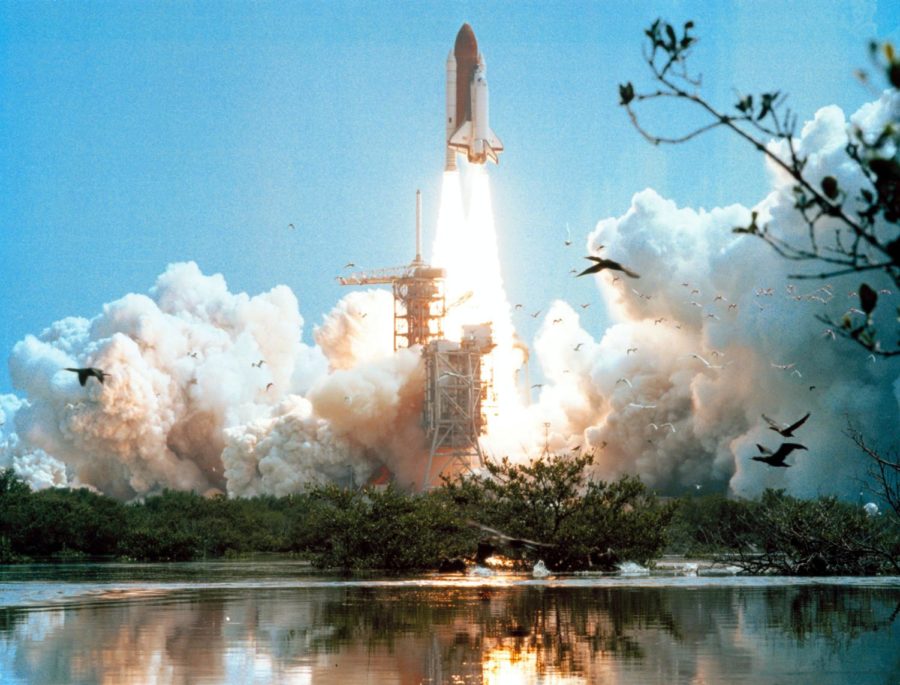NASA’s Artemis I Mission Launches after Series of Delays
January 5, 2023
On November 16, NASA launched the uncrewed Orion spacecraft as part of its Artemis I mission, the first in a series of flights that aim for eventual human exploration of the Moon and Mars. The goal of Artemis I was to test the ability of the Orion mega-rocket to be sustainable for astronauts traveling to the Moon and beyond. Subsequent missions in the Artemis Program will be crewed; Artemis II is scheduled for launch in May 2024 and will be a crewed lunar flyby test. Artemis III will be a crewed lunar landing, the first since Apollo 17 in 1972.
The Orion mega-rocket’s launch by the Space Launch System (SLS) was originally scheduled for August 29 but was delayed four times: the first time being in August, twice in September, and once in November. Delays were caused by an incorrect temperature reading, hydrogen leakage and critical weather conditions, respectively.
During the successful launch in mid-November, the upper stage engine fired for eighteen minutes in a trans-lunar injection maneuver toward the Moon before the Interim Cryogenic Propulsion Stage (ICPS) separated from Orion. The spacecraft splashed down in the Pacific Ocean on December 11. According to NASA, Artemis I traveled a total of 1.3 million miles over a period of 25.5 days.
The Orion spacecraft carried three mannequins equipped with sensors, providing NASA with crucial information on how astronauts would feel during a crewed mission. These sensors recorded radiation, acceleration and vibration data, which will prove useful in the future missions of the Artemis program.
Moreover, ten CubeSats were deployed from Orion’s stage adaptor, each having a different purpose. Some functions included orbiting the Sun to study its properties, imaging and detecting compounds on the Moon and demonstrating plasma propulsion in space.
The success of Artemis I will set the stage for future missions such as Artemis II in 2024, Artemis III in 2025 and Artemis IV in 2027. Artemis V through VIII will facilitate annual landings on the Moon with the goal to increase NASA infrastructure.



